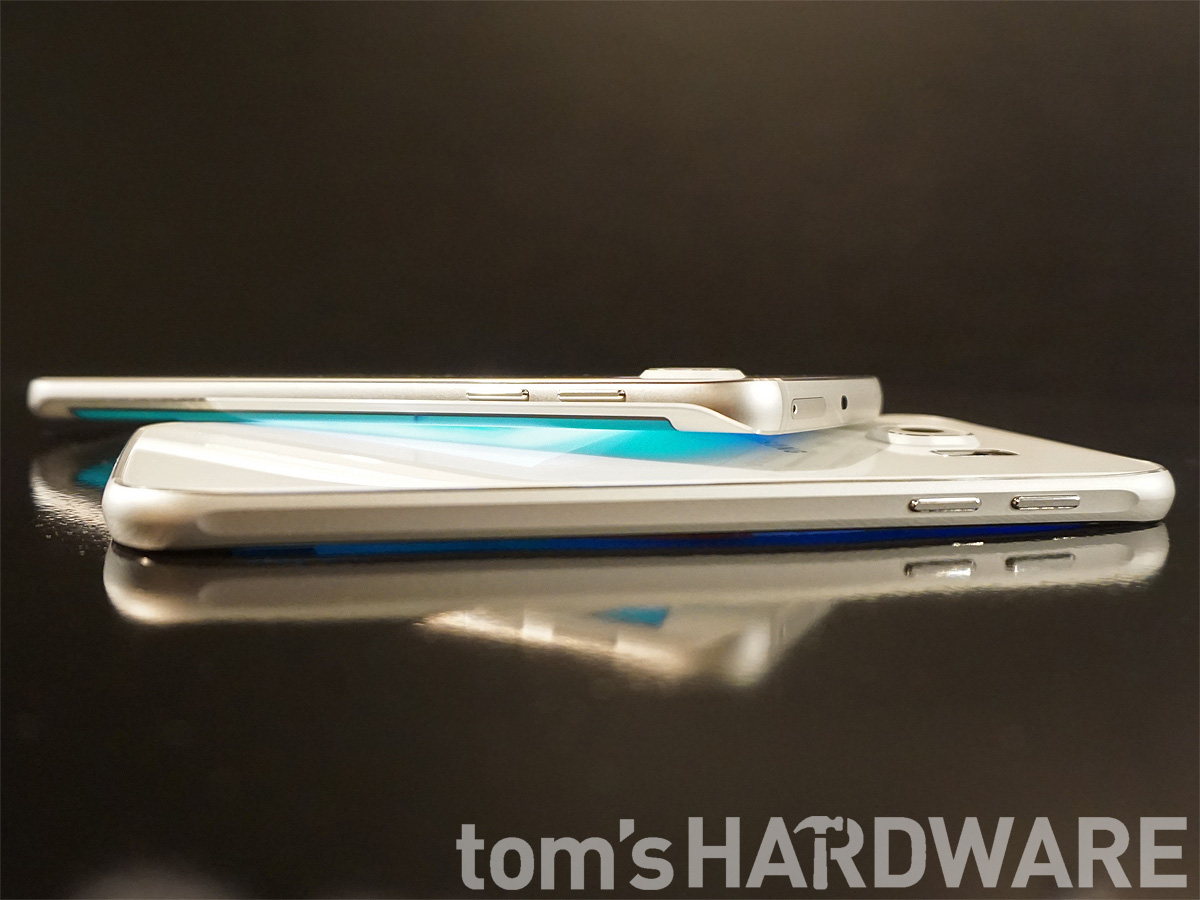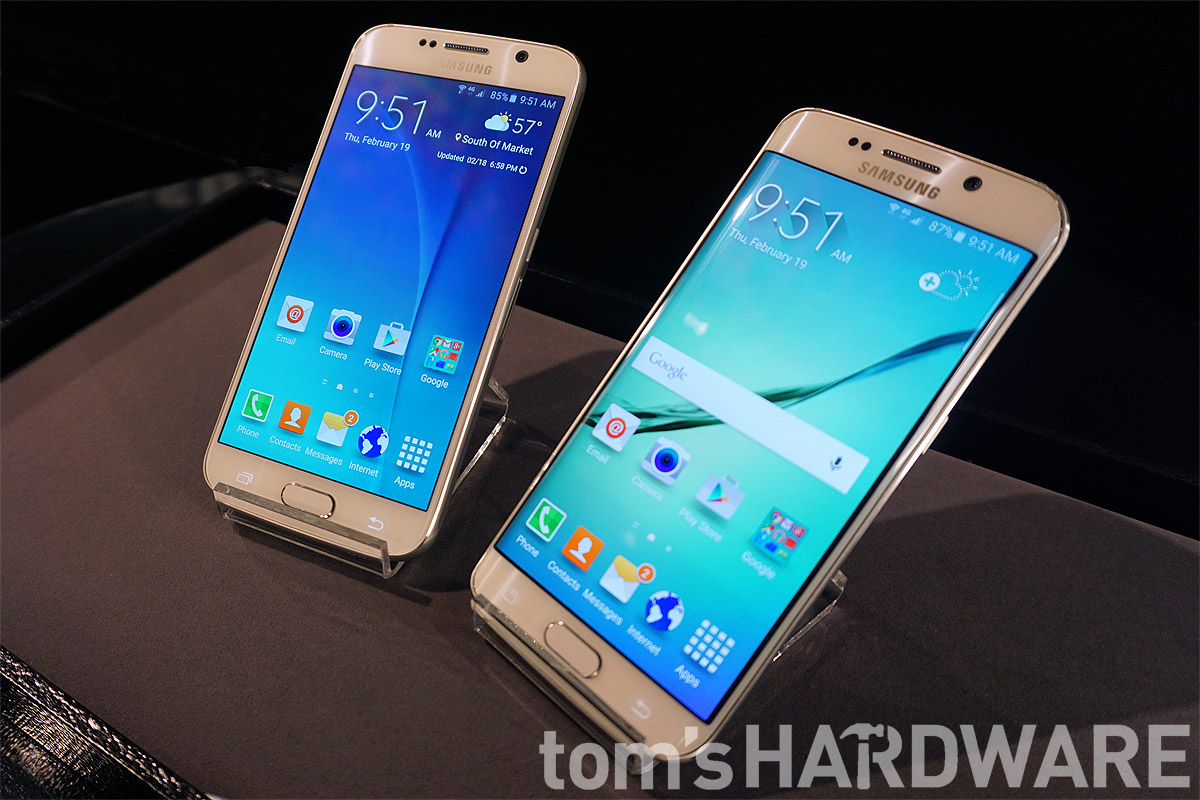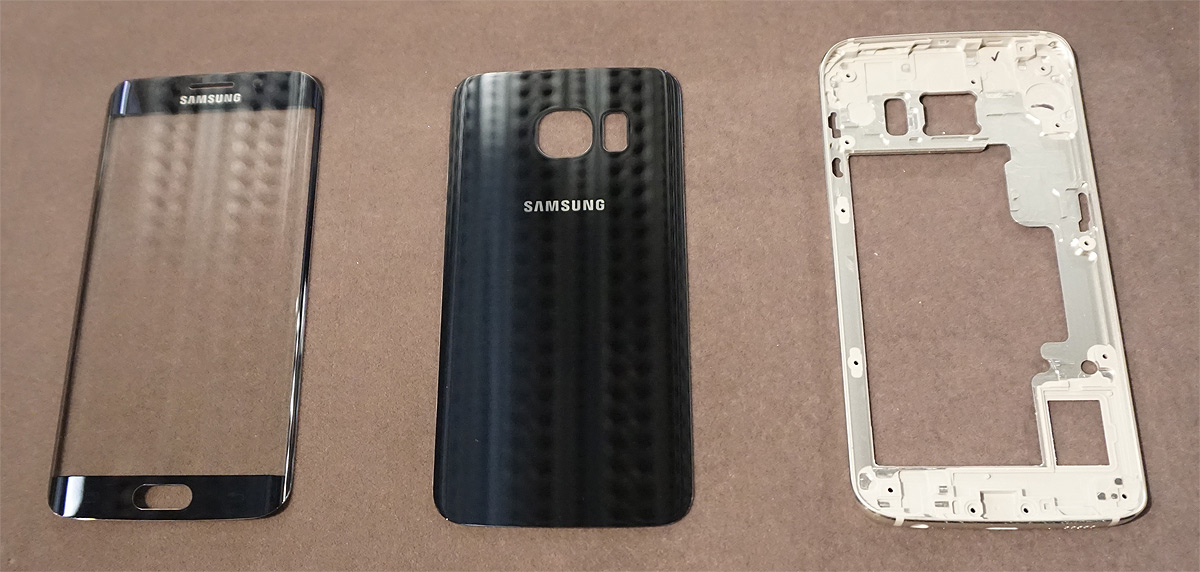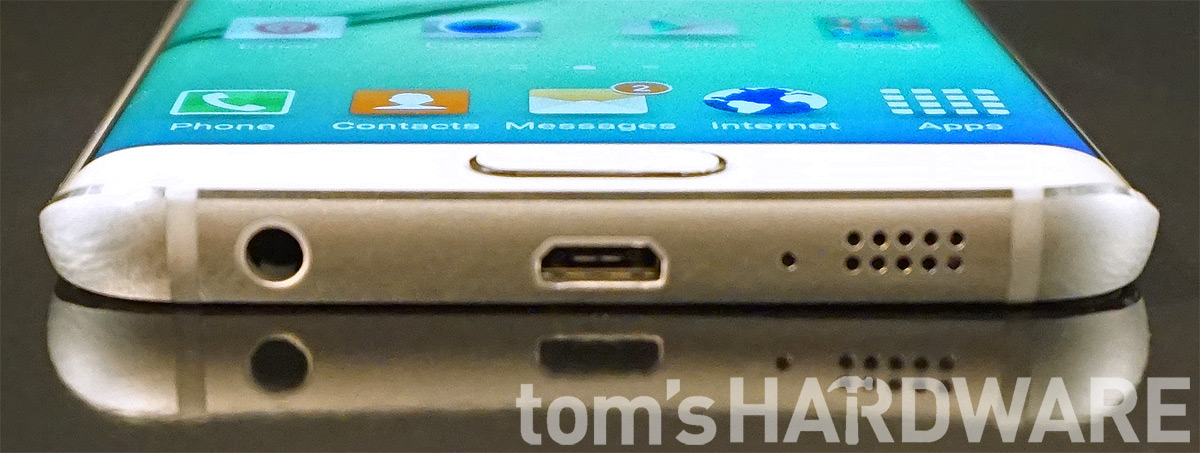Samsung Galaxy S 6 Preview
Galaxy S 6: Design
Launched almost one-year ago, Samsung’s Galaxy S5 failed to impress consumers, reviewers, and even some Galaxy fans. Lacking in both innovative hardware and design, it failed to differentiate itself from other flagship phones such as HTC’s One (M8), LG’s G3, or Sony’s Z3. With sputtering sales—40 percent fewer than the Galaxy S4 in the first three months after release according to the Wall Street Journal—and plummeting profits in its mobile division—down 64% year-over-year in Q4 2014—Samsung needed to shift its focus from better marketing to better design.
We got our first glimpse of this transition last August with the release of the Galaxy Alpha, an attractive smartphone with an aluminum frame and a distinct departure from Samsung’s previous all-plastic offerings. The Note 4 soon followed with a metal frame of its own, retaining the removable plastic back which has become a staple of the Galaxy brand. Even more recently, Samsung added the A3 and A5 to the Galaxy family sporting a similar metal and plastic build for the low- to mid-tier markets. With the announcement of the Galaxy S 6 today at Mobile World Congress 2015, the transition seems to be complete.
The Galaxy S 6 bifurcates into two different models, the S 6 and S 6 edge, each emphasizing design and premium materials, along with a return to hardware innovation. Common Galaxy design elements like the pill shaped home button and square rear camera bump are now housed in an all-new, lightly-textured aluminum frame sandwiched between two sheets of Corning Gorilla Glass 4. The aluminum edges are chamfered and polished with matching polished accents around the home button and rear camera and flash modules. Samsung’s use of both matte and gloss finishes combine to create an elegant and modern design. Devoid of plastic, the S 6 feels solid in hand, but is slipperier and will attract more fingerprints than the soft-touch plastic back on the S5 or Note 4.
Like the S5, the two new S 6s come in a variety of colors. Black Sapphire, White Pearl, and Gold Platinum are common to both models, while Blue Topaz and Green Emerald are exclusive to the S 6 and S 6 edge, respectively. All of the colors look very classy, have a high-gloss finish, and some have metallic flecks. It's a little surprising not to see a dark red color, but the blue and green choices offer some variety.
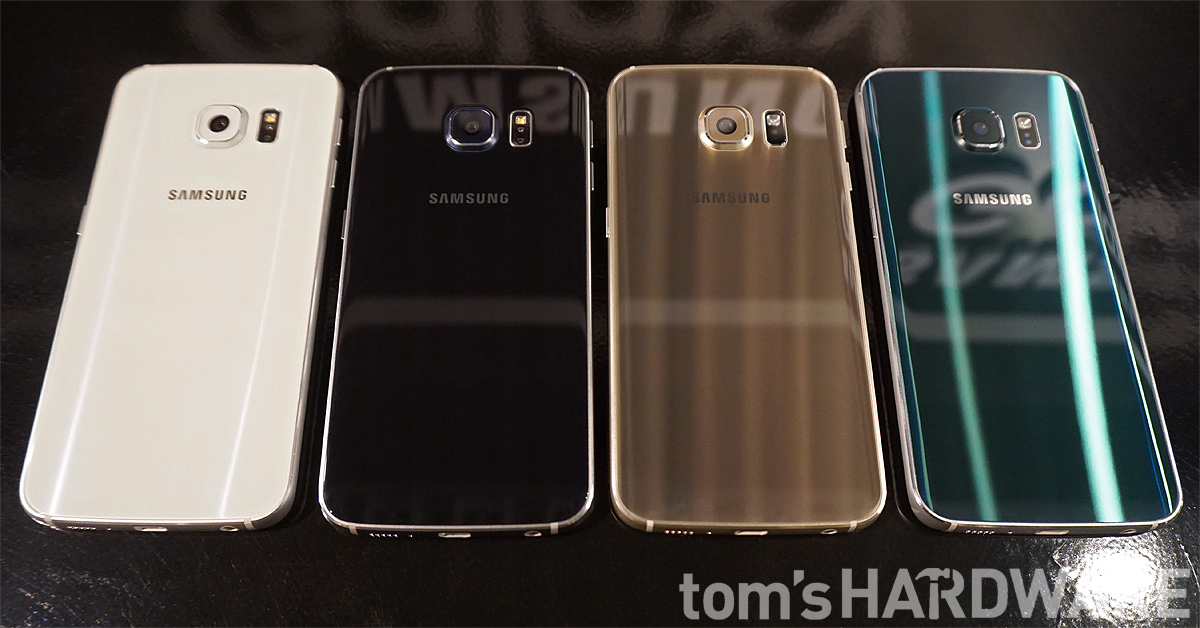
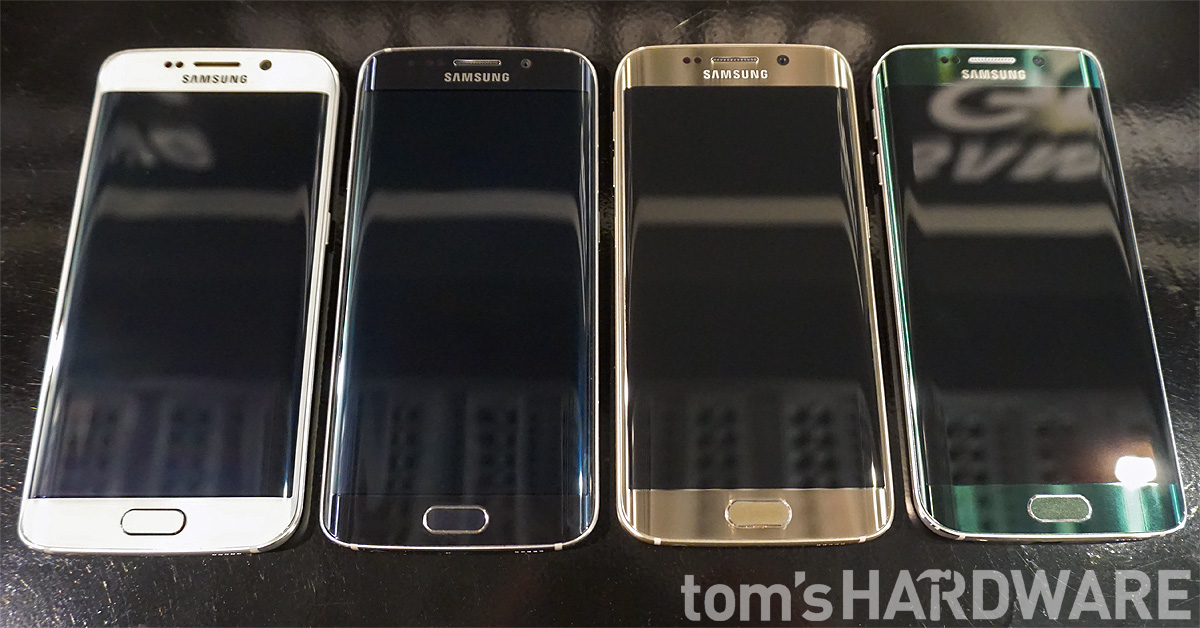
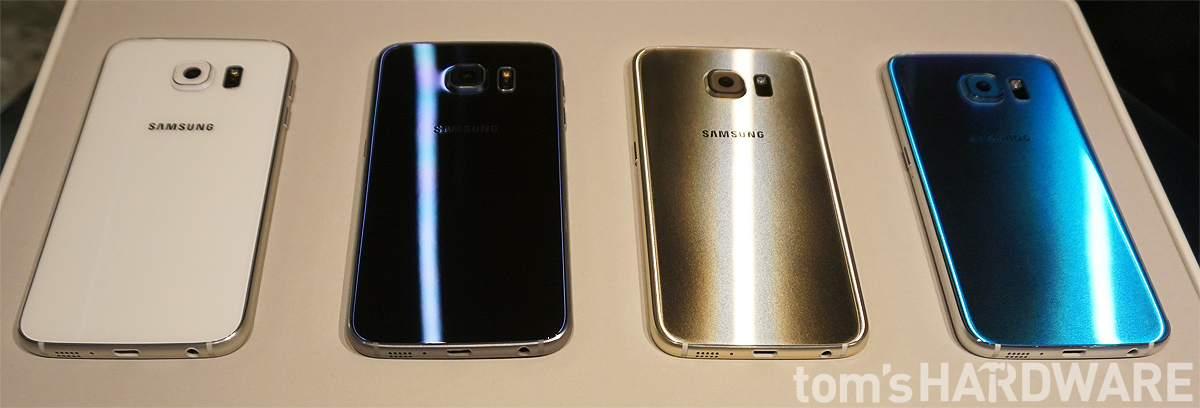
Full-Size Images: [S 6 edge colors - back], [S 6 edge colors - front], [S 6 colors]
The control and port layout is pretty standard. The power button and SIM card tray are located a little more than half way up the right side, and two individual volume buttons are situated near the top-left side; The slight offset should help reduce inadvertent button presses, a problem on the iPhone 6. On the bottom is a microUSB 2.0 port (so long USB 3.0) and the headphone jack. The lone speaker moves from the back of the phone to the bottom, in a similar position to the iPhone 6, and now sounds 1.5 times louder than the speaker on the S5, according to Samsung.
Both S 6 models feature a 5.1-inch SAMOLED screen, the same size as the S5, but with a higher QHD resolution, which Samsung also used in the LTE-A variant of the S5 last year, giving the S 6 a pixel density of 577 PPI. The display brightness has also been boosted to 600 nits according to Samsung, although the method used to arrive at this value wasn’t specified.
Get Tom's Hardware's best news and in-depth reviews, straight to your inbox.
Unsurprisingly, both S 6s are very similar in size to the S5, with the new design coming in about 2mm narrower and just over 1mm thinner. Weight has also been reduced by 7g for the S 6 and 13g for the S 6 edge.
